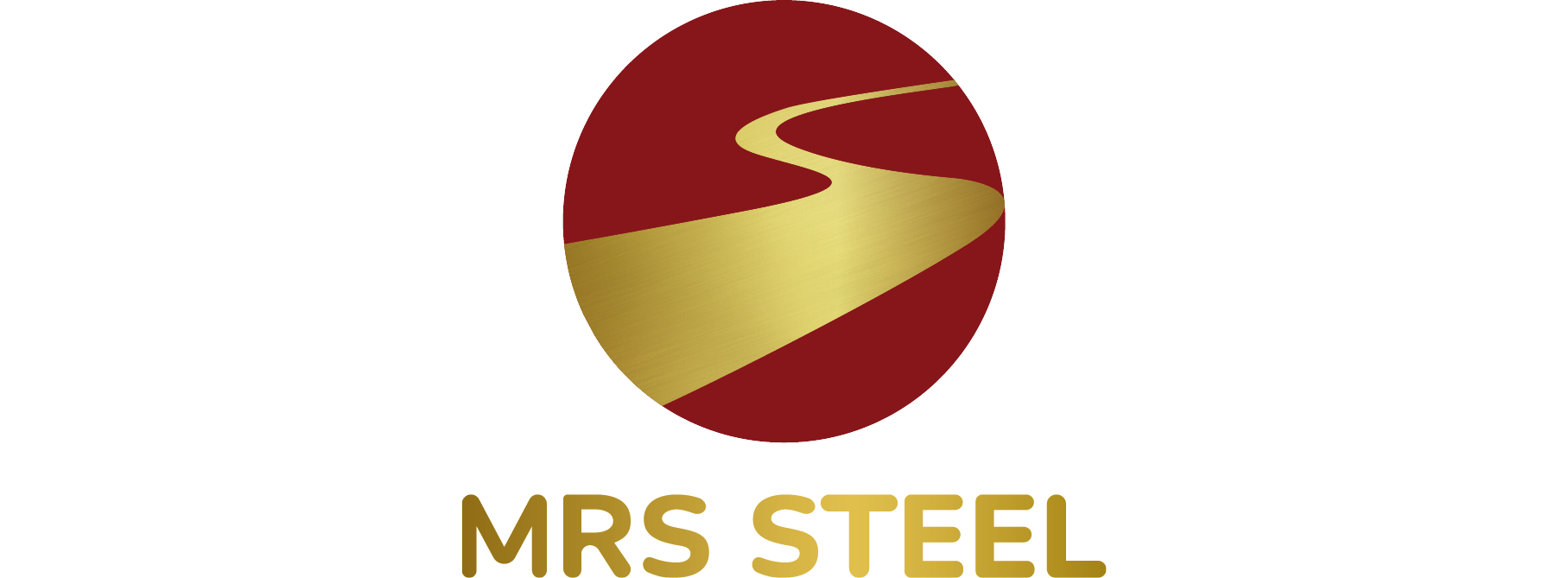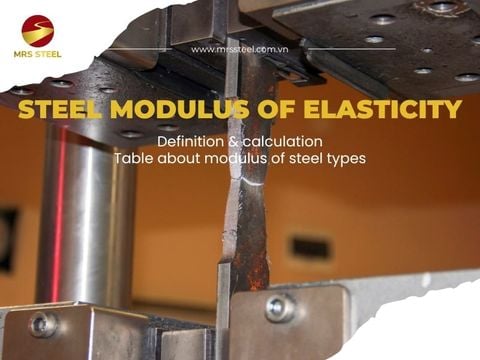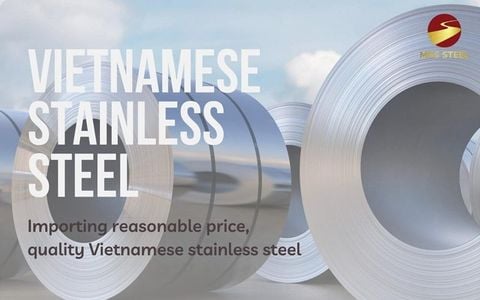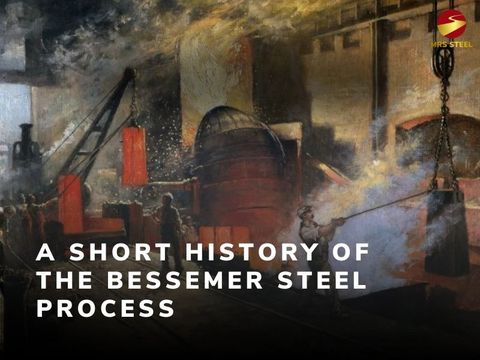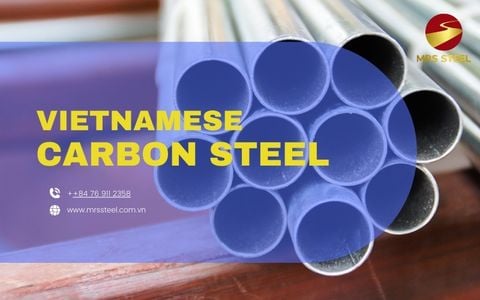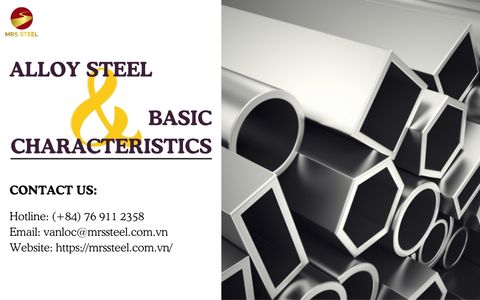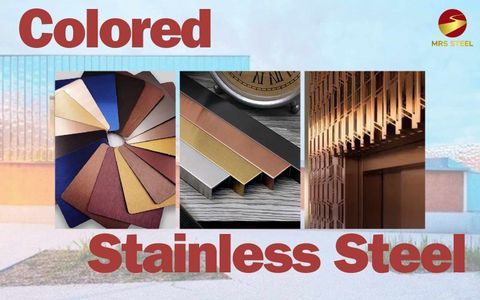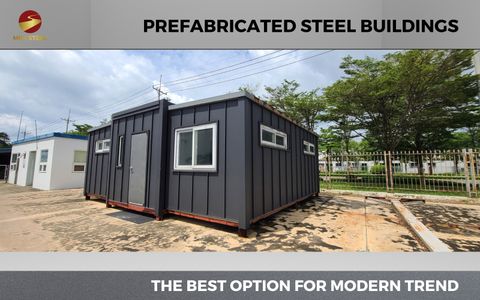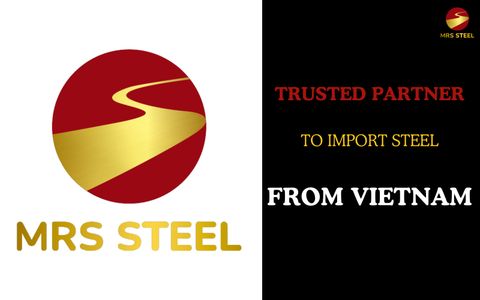RAL Color System: A Standard Color Chart for the Steel Industry

BlogDate: 28-07-2023 by: Ngoc Cam
Besides familiar color charts such as Pantone, Cielab, IRAM,..., there are other standard color schemes known as RAL. The RAL system is commonly used in many industries so that businesses can accurately represent a uniform color. So how many colors are there in the RAL system? Why know this color system if you want to choose and name colors correctly?
1. RAL color in the steel system overview
RAL stands for Reichs-Ausschuß für Lieferbedingungen, which translates in Spanish as “National Commission for Conditions of Delivery and Quality Control”. RAL denotes numbered colors according to rules, applications in various industries but mainly in the manufacture and distribution of paints, plastics and coatings.

2. What panels does the RAL collection include?
Currently, the RAL in the steel system is not only widely used in Europe but is highly universal around the world, and more and more colors are being developed, adding to the original palette. In addition, industries also see the values and benefits of the RAL system, so they have adjusted it into four groups for easy reference as follows:

2.1. RAL Classic
This is the first color palette invented by the German RAL organization in 1927, consisting of 40 colors, and was called RAL 840. Previously, when customers wanted to denote the desired color, it took a lot of time and effort to describe and present to the manufacturer. Since the RAL Classic panel, people have been able to describe colors by using conventional numbers. In the 1930s, the RAL Classic system changed to having four numbers in the code, and it became known as RAL 840 R. The palette continued to be updated and added up to 210 color tints in 1961 and increased by 2 in 2020.
In 1980, another variant of the RAL Classic was created to cover glossy surfaces. This range includes 193 colors and is called RAL 841 GL.

2.2. RAL Design
Following the success of the RAL color chart, the Reichsausschuß für Lieferbedingungen und Gütesicherung has introduced a new color-matching system tailored to the needs of designers, advertisers, and architects. The RAL Design collection, launched in 1993, includes 1625 colors, which is entirely different from the RAL Classic system because it uses the CIELAB color system.
The color naming rule in RAL Design is a seven-digit numerical code and unnamed description. The first three figures represent the hue, the following two represent the lightness, and the last digits represent the chroma or relative saturation of the color. Now, the RAL Design panel has expanded to 1825 colors, and none of the colors match the RAL Classic system because each has a different naming convention.

2.3. RAL Effect
The RAL Effect panel includes 420 solid colors and 70 metallic colors used for waterborne paints. The naming convention will use a three-digit number followed by a dash and a number or letter. The first digit of the code has the meaning of the color range, similar to the above rule in the RAL Classic system but different in the color range:
- RAL 1xx-x – Silver or Light Grey
- RAL 2xx-x – Green
- RAL 3xx-x – Brown
- RAL 4xx-x – Orange or red
- RAL 5xx-x - Violet
- RAL 6xx-x – Blue
- RAL 7xx-x – Turquoise
- RAL 8xx-x – Dark Grey

2.4. RAL Plastics
RAL Plastics is the standard color system for plastics. In the plastics industry, two separate panels were joined to cover plastics as a material. In the P1 use hues and tints from the RAL Classic color system. In P2, use 200 colors from the RAL Design panel.

3. Why do RAL color numbers have different lengths
3.1. RAL Classic
The color code in the RAL Classic system consists of four-digit belonging to 216 colors. The four-digit and hyphenated numbers represent the 490 colors in the RAL Effect, and the 1825 colors in the RAL Design Plus system are represented by seven-digit colors. These are the conventions established by the Reichausschuss für Lieferbedingungen and followed to this day.
3.2. RAL Design System Plus
The seven-digit color code in the RAL Design System Plus indicates information about the visual appearance of the respective shades. The first three figures identify the shade position on the color circle. The subsequent two figures describe the lightness of shades (0 = black, 100 = white). The two last figures describe the level of colorfulness (0 = gray, 100 = pure colorfulness).
3.3. RAL Effect
Color codes are set to a four-digit rule in the RAL Effect collection based on consistent color family grading. Every color family is specified by a three-digit primary number. They were later added with a number after the hyphen to give the whole tone meaning, plus a separate identifier for the associated metallic shades.
4. Why is the RAL palette system important in the steel industry
Before the RAL color in the steel system, it was difficult for manufacturers and customers to understand and agree on the desired shade. If only using everyday language to describe the color will not create uniformity in the steel community. Therefore, it is necessary to have an official color chart, ensuring standardized names for color types. Using the RAL chart helps the parties agree on exactly how to call and use the requested color.
